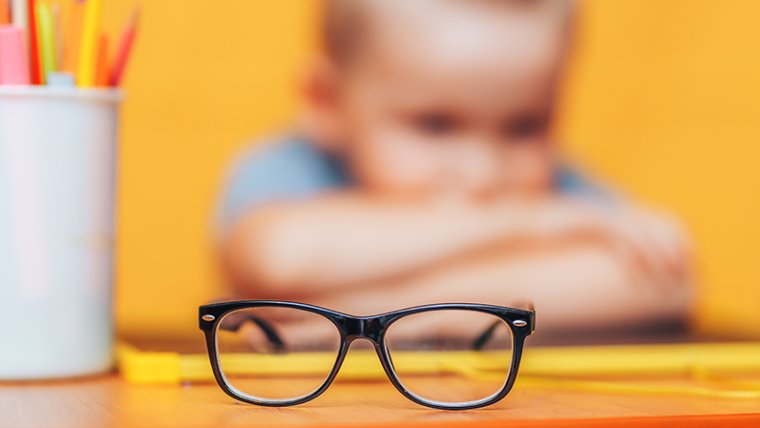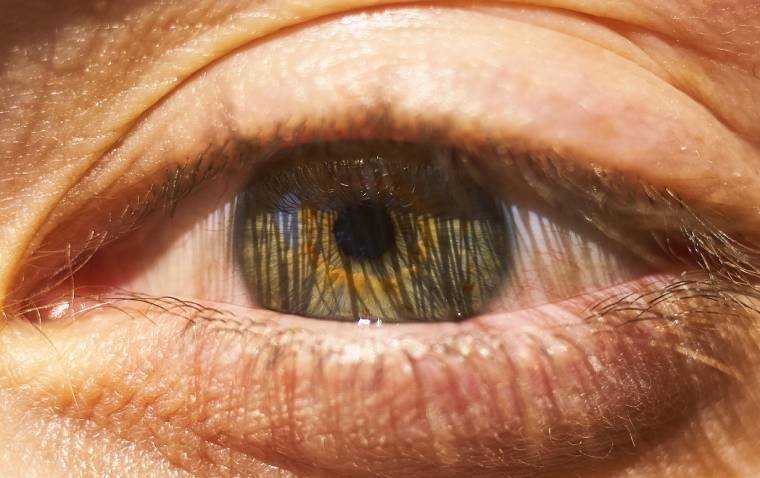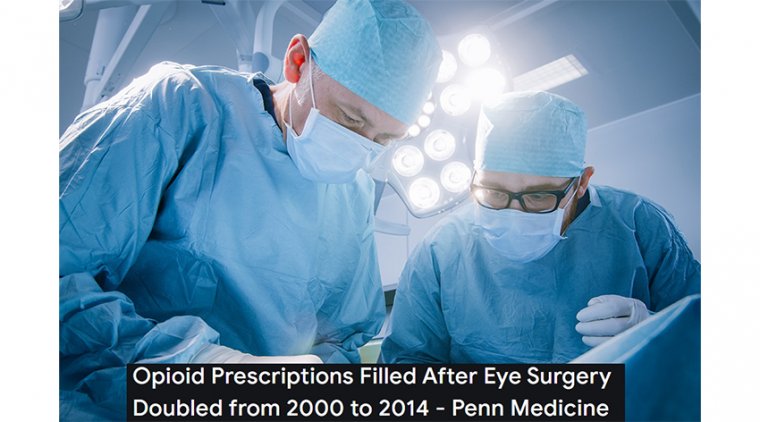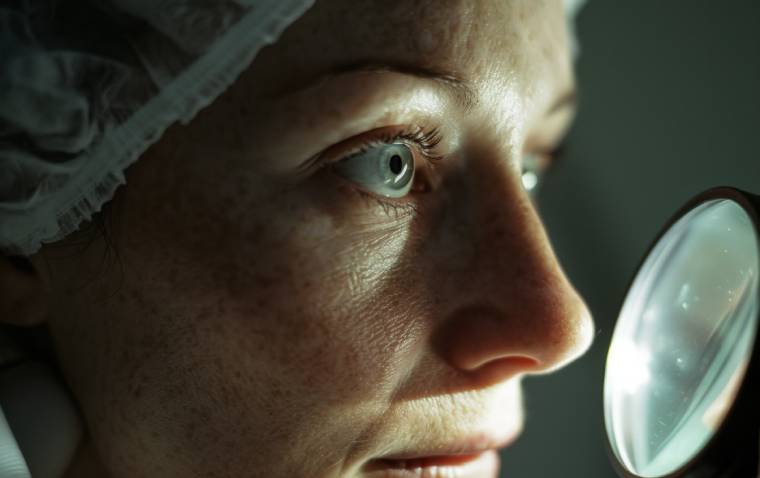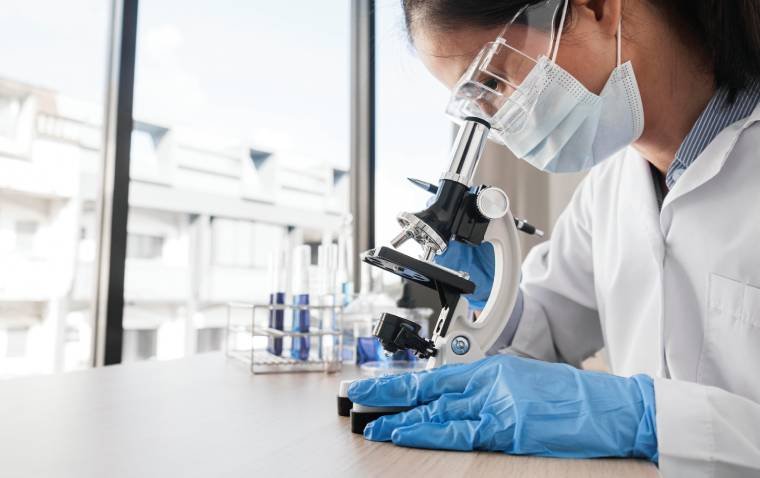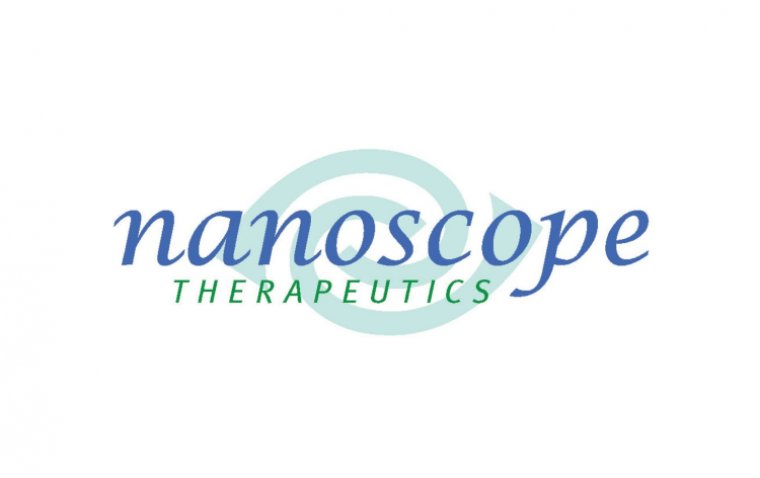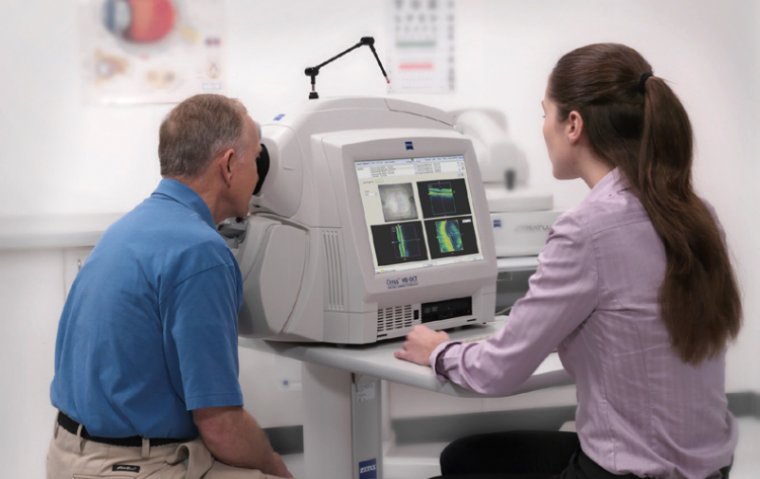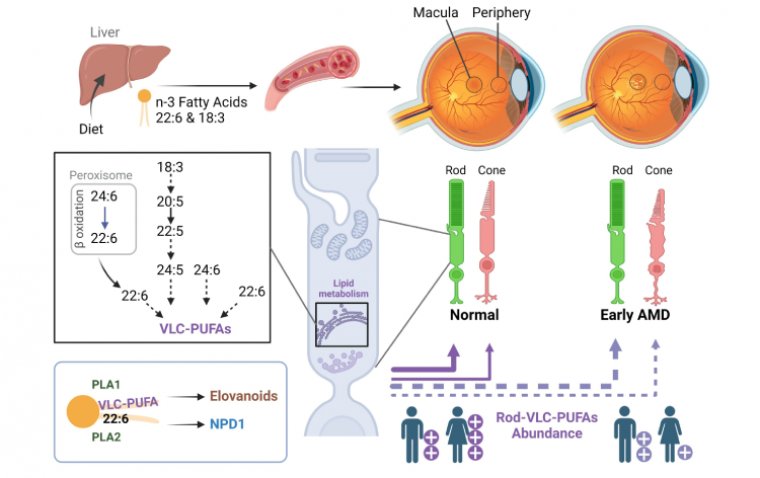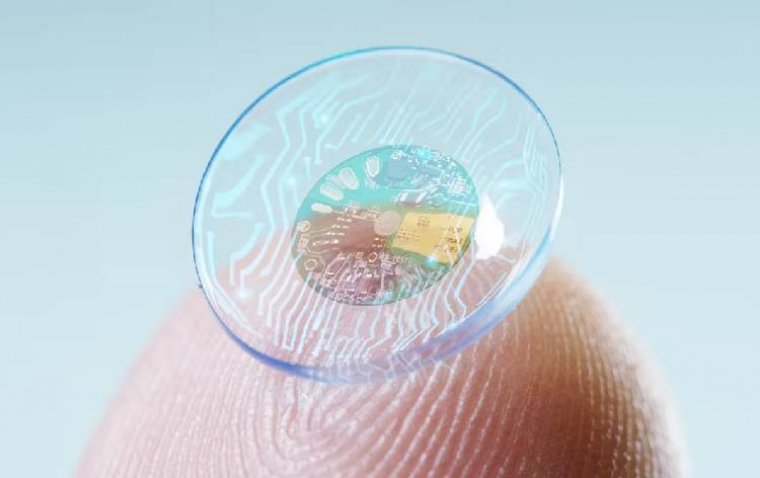
Smart Contact Lenses Developed for Real-Time Blood Glucose Monitoring
Researchers at Yonsei University, along with their counterparts from other leading institutions, announced a significant breakthrough in diabetes management with the development of smart contact lenses. These lenses are capable of analyzing components in tears to monitor blood glucose levels in real time, providing a non-invasive alternative to traditional methods that often cause discomfort and pose infection risks.
Diabetes is known for causing high blood glucose levels, which can lead to complications in nearly every part of the body. This makes monitoring these levels crucial, especially as they fluctuate due to daily habits like diet.
Innovative Research and Development
The innovative research team included Professor Kim Ja-young from the Department of Medical Engineering at Yonsei University, Professor Lee Yong-ho from the Department of Internal Medicine at Severance Hospital, and Professor Park Jang-ung from the Department of Materials Science and Engineering at Yonsei University. Additionally, Professor Kim Hong-kyun and researcher Kim Jeong-ho from Kyungpook National University Hospital, along with researcher Kim Joo-hee from the Korea Institute of Science and Technology, also contributed to the study.
These smart lenses, made from materials similar to those used in commercially available contact lenses, have a high-sensitivity glucose sensor and a wireless antenna embedded within them. They measure glucose levels in tears and transmit this data to a mobile device, allowing for real-time monitoring. The lenses have proven to be comfortable and do not obstruct vision.
.jpg)
A schematic and image of the smart contact lens developed by the joint research team. (credit: Severance Hospital)
Preliminary Testing and Results
In preliminary tests involving rabbits, dogs, and 10 human subjects, the lenses accurately tracked changes in blood glucose levels by analyzing tear glucose. After a stabilization period of one to three minutes post-lens insertion, the correlation between tear and blood glucose levels significantly increased.
The team explored how different types of tears—basal, emotional, and reflex—affect glucose readings. They found that reflex tears, triggered by eye irritation or intentional stimulation, initially decreased the correlation between tears and blood glucose. However, this correlation strengthened after the tear glucose levels stabilized.

A researcher is measuring his blood glucose after wearing the smart contact lenses. (credit: Severance Hospital)
Personalized Time Lag and High Accuracy
A novel approach involving a personalized time lag showed that changes in tear glucose mirrored those in blood glucose after an individualized delay. This customization, along with a Pearson correlation coefficient of 0.9 or above, demonstrated the high accuracy of this technology.
The researchers also used Clarke error grid analysis to confirm that predicted blood glucose levels based on tear analysis closely matched those measured using traditional glucometers.
"By introducing the concept of time, we have resolved the issues that had previously hindered tear-based blood glucose analysis and clearly established the correlation between tear glucose and blood glucose levels," said Professor Lee Yong-ho. "Smart contact lenses are expected to accurately measure cholesterol, intraocular pressure, and other analytes detectable in tears, allowing for application to the diagnosis and treatment of other diseases as well."
The results of this study were published in Nature Communications.
Reference
(1).jpg)
